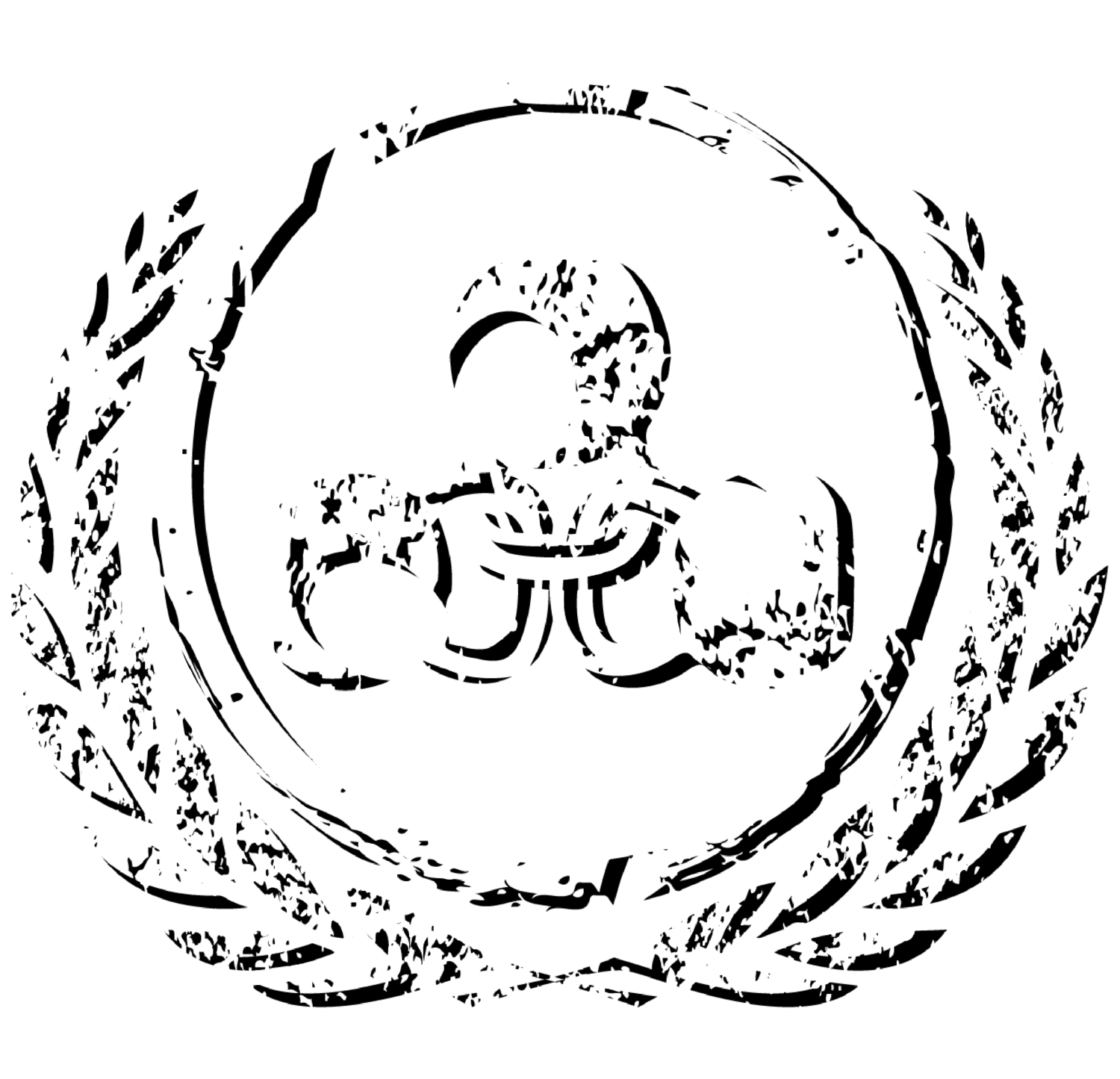For obvious reasons, we measure progress in CrossFit by way of reps, times, weights, and rounds. Numbers are markers that reveal the most obvious type of progress and are easiest to track: if we do two more rounds of Cindy than we did last time, we feel as if we are getting better at the movements in Cindy. The day feels like success.
The problem with using numerical markers to gauge success is that they become our only markers. When we don’t earn more rounds of Cindy than we did last time we feel like we have failed to improve. Numerical markers disregard all other measures of success; they are narrow and faulty if we use them alone. For example, what if since you had last attempted Cindy you fixed your pushups? What if you always had poor- quality pushups, worming and breaking at the shoulders or the hips at every rep, but recently have become strong and consistent in doing them the right way? In that new Cindy attempt you may not have met your previous goal having sacrificed speed for quality, but you did make a smart, long-term change to your training. Unfortunately, the leaderboard doesn’t stack by quality, and instead of recognizing our pushups as improvement, we often just look at the numbers and quantify this moment as a failure rather than as a long-term win.
Treat your next WOD like a training day and set a goal or intention. Take a moment to tell yourself what micro-goal you have for this one workout that has nothing to do with time or numbers. Instead, choose a goal related to technique, mindset, or form. After the workout is over, self reflect on whether or not you met that goal and why. Did your self-talk turn negative as you became tired? Were you taunted by the clock and forgot about form? Reflect, assess, then walk away with a positive statement for the workout and another goal for next time.


